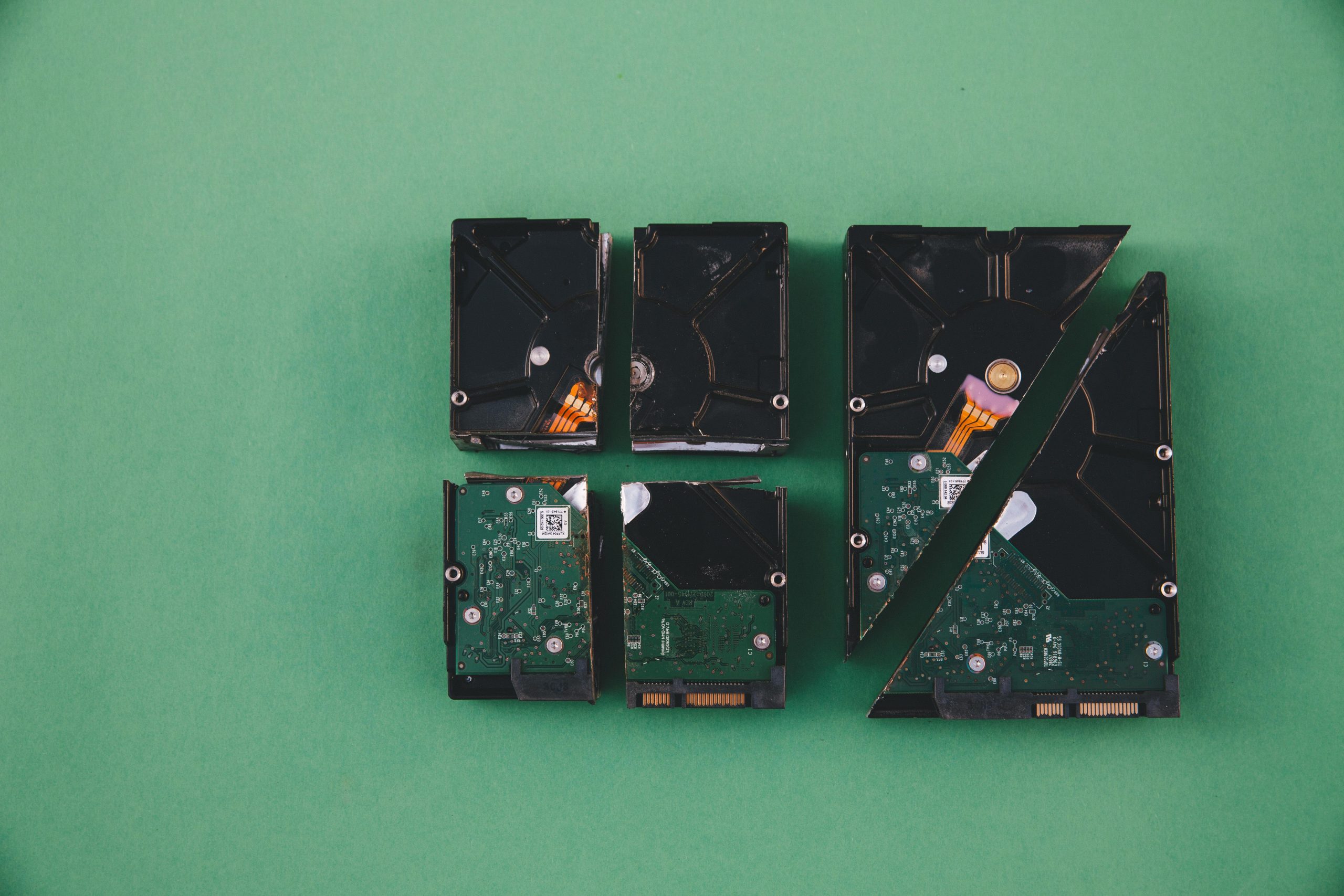Understanding How to Safely Test External Drives After a Fall: A Budget-Friendly Guide
Experiencing a physical impact on external drives can be a stressful situation, especially when valuable data is at stake. Recently, I had an incident where two external drives fell from about 1.5 to 3 feet onto a sidewalk after the bag containing them unexpectedly failed. Naturally, I’m concerned about their data integrity and am seeking safe, cost-effective methods to assess their condition without risking further damage or data loss.
Drive Details and Damage Context
The drives in question are:
- A 16 TB Western Digital Elements, nearly full (about 20 GB remaining), purchased in March 2024. Its plastic enclosure shows external damage, including scratches in the grille area.
- A 20 TB Seagate Expansion, about 2.55 TB filled, reformatted from exFAT to NTFS, purchased in May 2025. It also has visible external damage, notably a seam rupture.
While these damages are primarily external, the concern remains whether internal mechanisms or data areas may have been compromised during the fall.
Limitations and Financial Considerations
Professional data recovery services offer the best chance for a thorough assessment, but such options are often costly—typically exceeding several hundred dollars. Currently, my budget is limited, with approximately $140 available directly, and financial support from my parents is inconsistent. Due to these constraints, I’m looking for affordable methods to evaluate the drives’ health.
Risks of Connecting and Testing
Simply connecting the drives to a computer to assess their status might seem like an easy solution. However, if internal components have sustained damage—such as spindle motor issues or head crashes—powering them on could exacerbate existing problems, potentially leading to permanent data loss.
Practical, Budget-Friendly Testing Recommendations
Given these considerations, I’m exploring cautious, low-cost options to check whether the drives are functioning without causing further harm:
-
Preliminary Visual Inspection: Examine the drives for obvious signs of internal damage, such as unusual sounds (e.g., clicking, grinding) or excessive vibration when powered briefly.
-
Use of a USB Drive Dock or Enclosure: If available, place the drives in a compatible, well-sealed external enclosure or dock designed for bare drives. Turn on the drive briefly and listen carefully. If it spins up smoothly and produces normal sounds, it’s a positive sign, but this does not guarantee data integrity.
-
**SMART Data Retrieval
Share this content:



